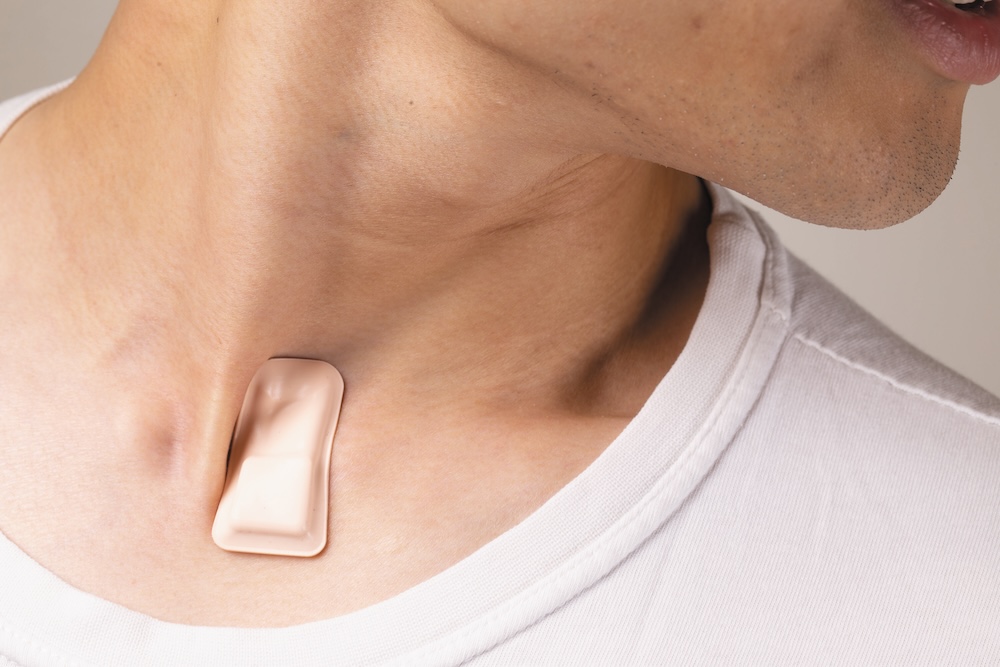July 29, 2003
‘Suicide’ Enzymes May Be Missing Alzheimer’s Link
CHICAGO— Feinberg School of Medicine researchers have found that caspases, a family of protein-cutting enzymes involved in programmed cell death (apoptosis), may be a missing link in the chain of molecular events leading to Alzheimer’s disease.
Alzheimer’s disease is a neurodegenerative condition affecting an estimated 4 million Americans that causes memory loss and, ultimately, dementia. Patients with this disease have abnormal deposits (plaques) of protein fragments called amyloid-beta surrounding neurons in their brain and “tangles” of a protein called tau inside brain cells.
For years, scientists have been debating which of these two events—plaques or tangles—is the primary cause of Alzheimer’s disease. Recent studies have suggested that amyloid promotes the assembly of tau into tangles, but, until now, the actual mechanism by which this occurs was poorly understood.
In an article appearing in the online version of the Proceedings of the National Academy of Sciences, co-senior authors Lester I. Binder, PhD, and Vincent L. Cryns, MD, of the Feinberg School, report that caspases may provide a direct link between amyloid and tangles.
Because caspases were known to be activated in dying neurons in Alzheimer’s disease and to cut (cleave) tau under some circumstances, Drs. Binder and Cryns reasoned that caspases might be responsible for cleaving tau into smaller or truncated forms that are often observed in tangles.
In a collaboration between their two labs, the scientists demonstrated that exposing neurons to amyloid-beta activates caspases, which then cleave tau at a specific site (Asp421) in the tail end of the molecule. They then showed that this truncated form of tau was much more prone to forming abnormal filaments that resemble tangles, suggesting that amyloid exposure might promote tangle formation through the action of caspases on tau.
To provide additional evidence of the relevance of their findings to Alzheimer’s disease, Drs. Binder and Cryns also created a monoclonal antibody that specifically recognizes the truncated form of tau produced by caspases. With this antibody, they demonstrated that tau is commonly cleaved at this site in the tangles in Alzheimer’s disease, indicating that caspase cleavage of tau may play a role in tangle formation in this disease.
By suggesting a new link between the two major brain abnormalities in Alzheimer’s disease, Drs. Binder and Cryns hope their work will “provide a common ground between the amyloid and tau proponents and point to the need to consider both of these interrelated pathological events in future studies and therapies.”
Indeed, in ongoing studies in their laboratories, they hope to establish the timing of tau cleavage in Alzheimer’s disease brains relative to other molecular events and to determine what role, if any, caspase cleavage of tau has in neuronal cell death.
Dr. Binder is professor of cell and molecular biology and a researcher at the Cognitive Neurology and Alzheimer’s Disease Center at the Feinberg School. Dr. Cryns is assistant professor of medicine and director of the Cell Death Regulation Laboratory in the Department of Medicine at the Feinberg School. Their co-researchers on this study include T. Chris Gamblin; Feng Chen; Angara Zambrano; Aida Abraha; Sarita Lagalwar; Angela L. Guillozet; Meling Lu; Yifan Fu; Francisco Garcia-Sierra; Nichole LaPointe; Richard Miller, PhD, professor of molecular pharmacology and biological chemistry; and Robert W. Berry, PhD, professor of cell and molecular biology.
This study was funded by the Alzheimer’s Association, National Institutes of Health and Howard Hughes Medical Institute.






